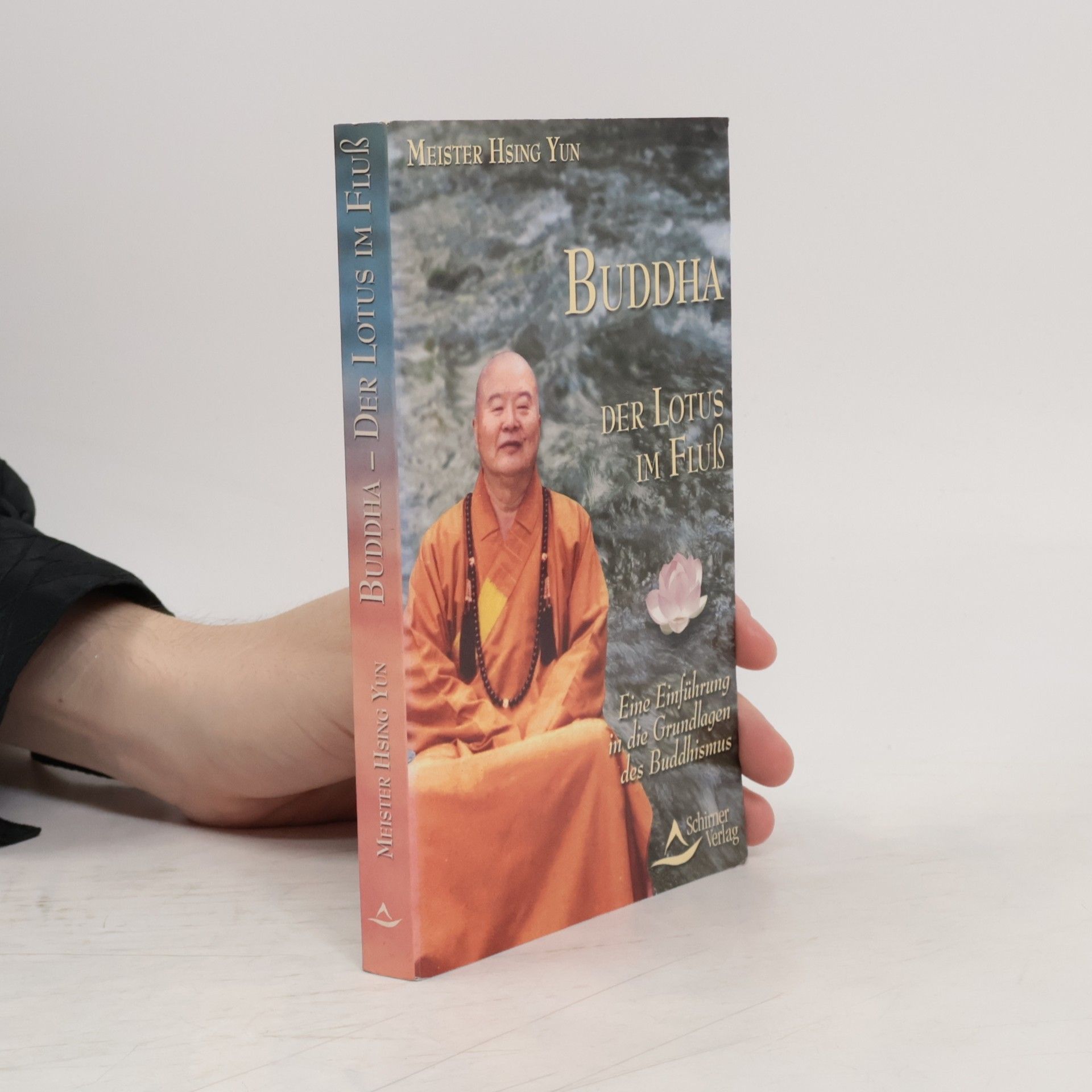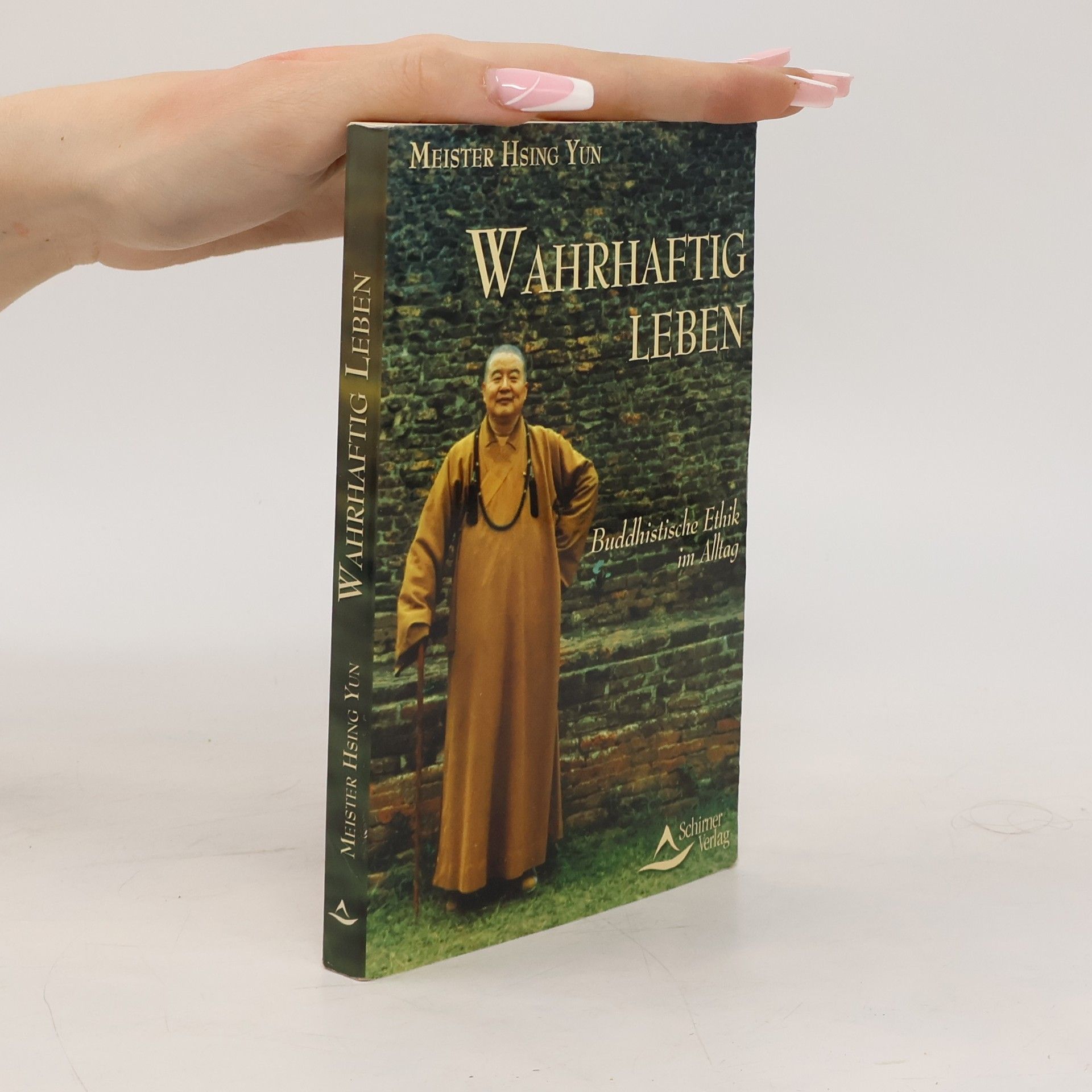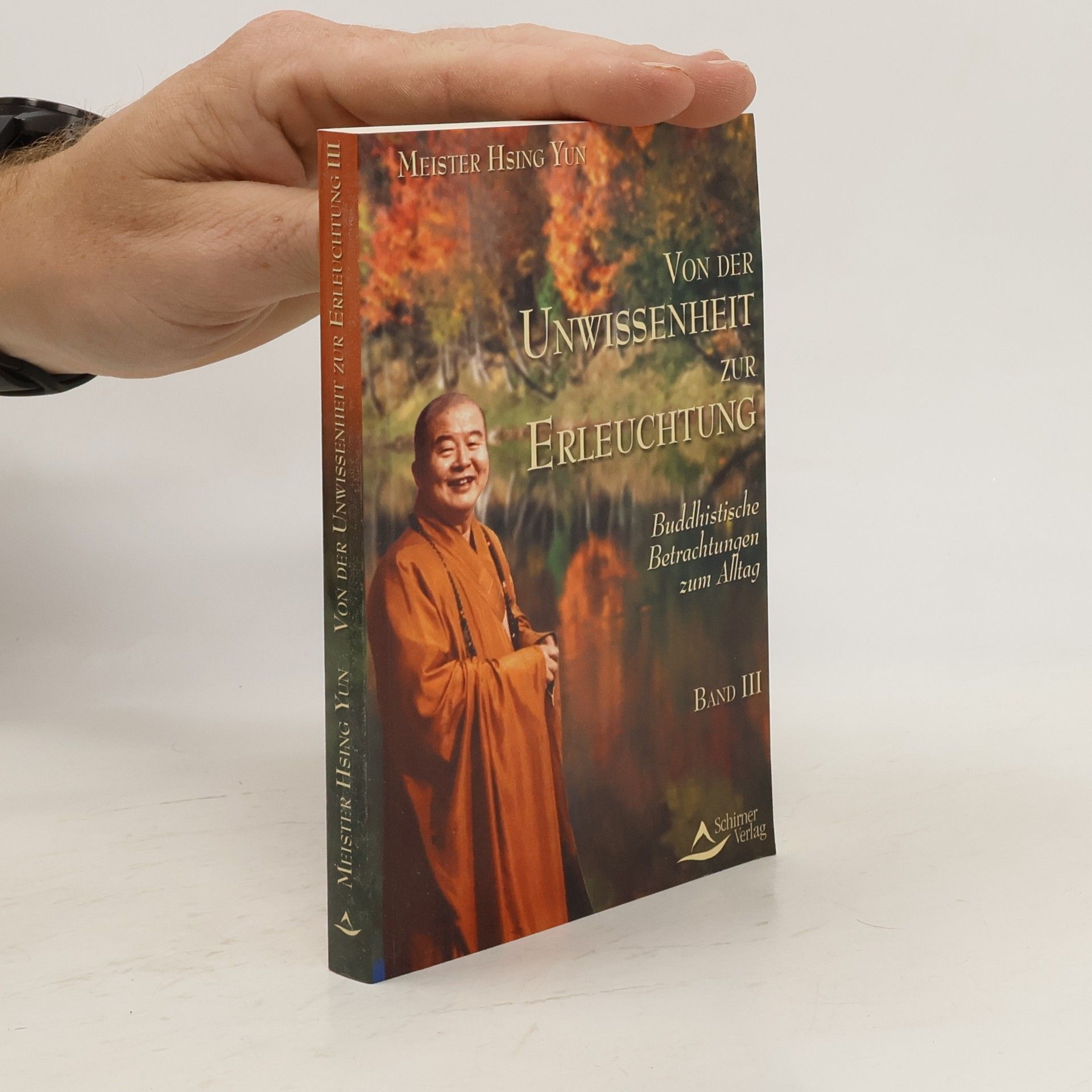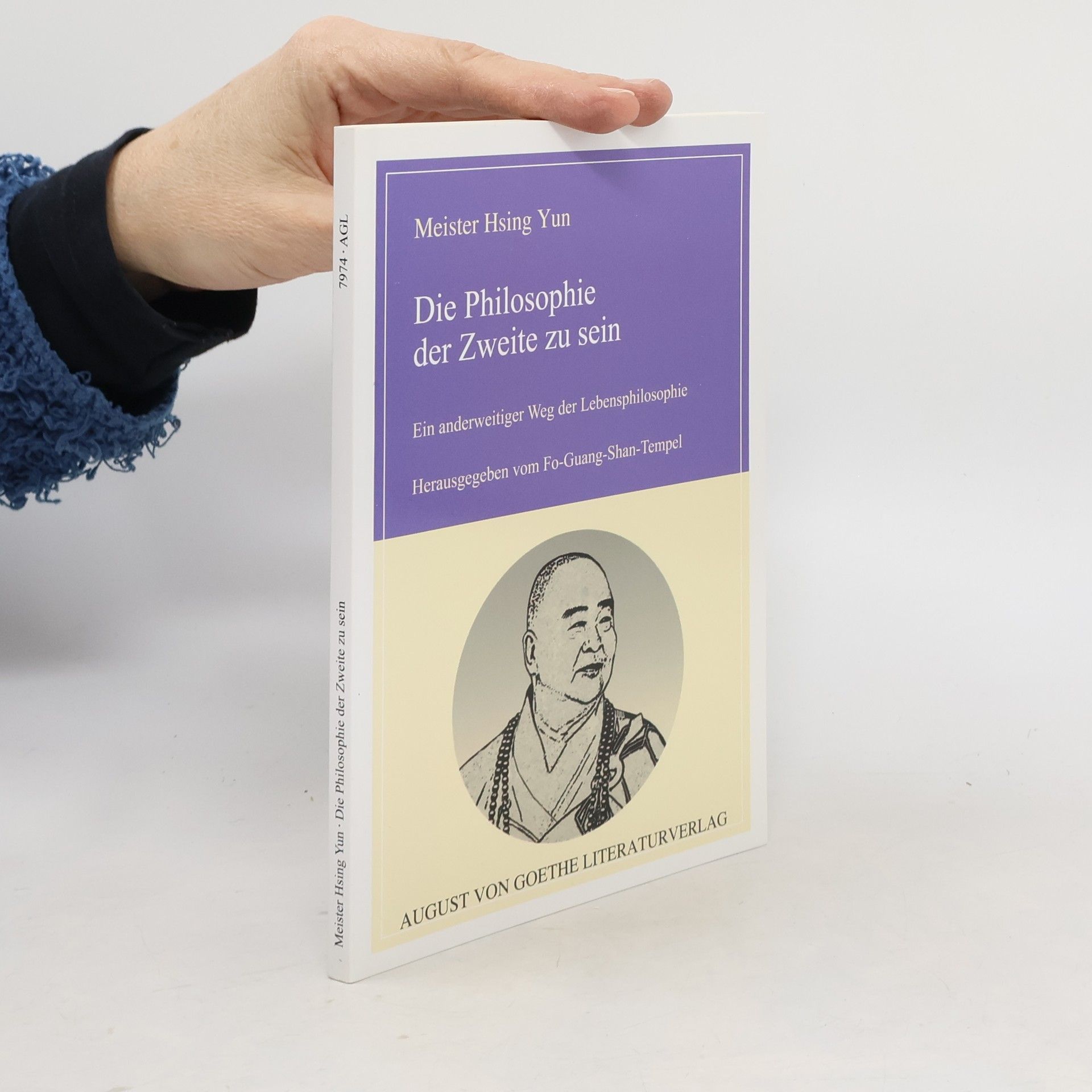In Bells, Gongs, and Wooden Fish, Venerable Master Hsing Yun grants voices to the objects of daily monastic life to tell their stories in this collection of first-person narratives. From monastic shoes to robes and alms bowls, these everyday objects tell the story of their lives and the life of Buddhism from their own perspective. Originally published in 1953, the collected sketches are both lyrical and satiric. The collection of inanimate speakers describe and criticize the state of Chinese Buddhism in the early twentieth century in which educating the laity is an afterthought and the day-to-day activities of monastics are dominated by funerary rites. Bells, Gongs, and Wooden Fish showcases the beginnings of Master Hsing Yun's work as a Buddhist reformer, and describes a path to revolutionize, modernize, and humanize Buddhism that resonates to this day.
Xingyun Livres






Buddhas kleines Stundenbuch
- 108pages
- 4 heures de lecture
In den vielen Jahren, die Meister Hsing Yun das Dharma predigte, sammelten sich in seinen Aufzeichnungen Wortperlen der buddhistischen Lehre von starker Aussagekraft und philosophischer Anmut. Der erste Band, „Buddhas kleines Stundenbuch“, fand ein so positives Echo im Markt (erste Auflage nach sieben Monaten vergriffen), daß es angeraten schien, auch den zweiten Band herauszubringen, in dem weitere Weisheiten aus der buddhistischen Praxis zusammengestellt sind. Jeder einzelne Spruch ist von tiefem Sinn erfüllt und kann als Motto für den Alltag und den täglichen Umgang mit Menschen gelten.
Die Philosophie der Zweite zu sein
- 118pages
- 5 heures de lecture
Das Werk beschreibt das Leben des Hochehrwuerdigen Meister Hsing Yun, seine Gedanken ueber den Buddhismus und wie diese Religion sein Leben bestimmt hat. Mit zwoelf Jahren Novize in einem chinesischen Kloster, studierte er dort die buddhistische Lehre. Jahre spaeter gruendete er eine Sonntagsschule mit dem Ziel, das Dharma zu verbreiten. Mit der Schule legte er den Grundstein für seine spaeteren Bemuehungen, den Buddhismus den Menschen in China, spaeter sogar weltweit, nahe zu bringen. Der Hochehrwuerdige Meister gruendete mehr als 200 Tempel, er ordinierte über 1000 Moenche und Nonnen, und kuemmerte sich um Kinder, Waisen und Arme. In China trug er dazu bei, dass die Gesellschaft den Buddhismus trotz Modernisierungs- und Globalisierungstendenzen besser verstehen lernte.
